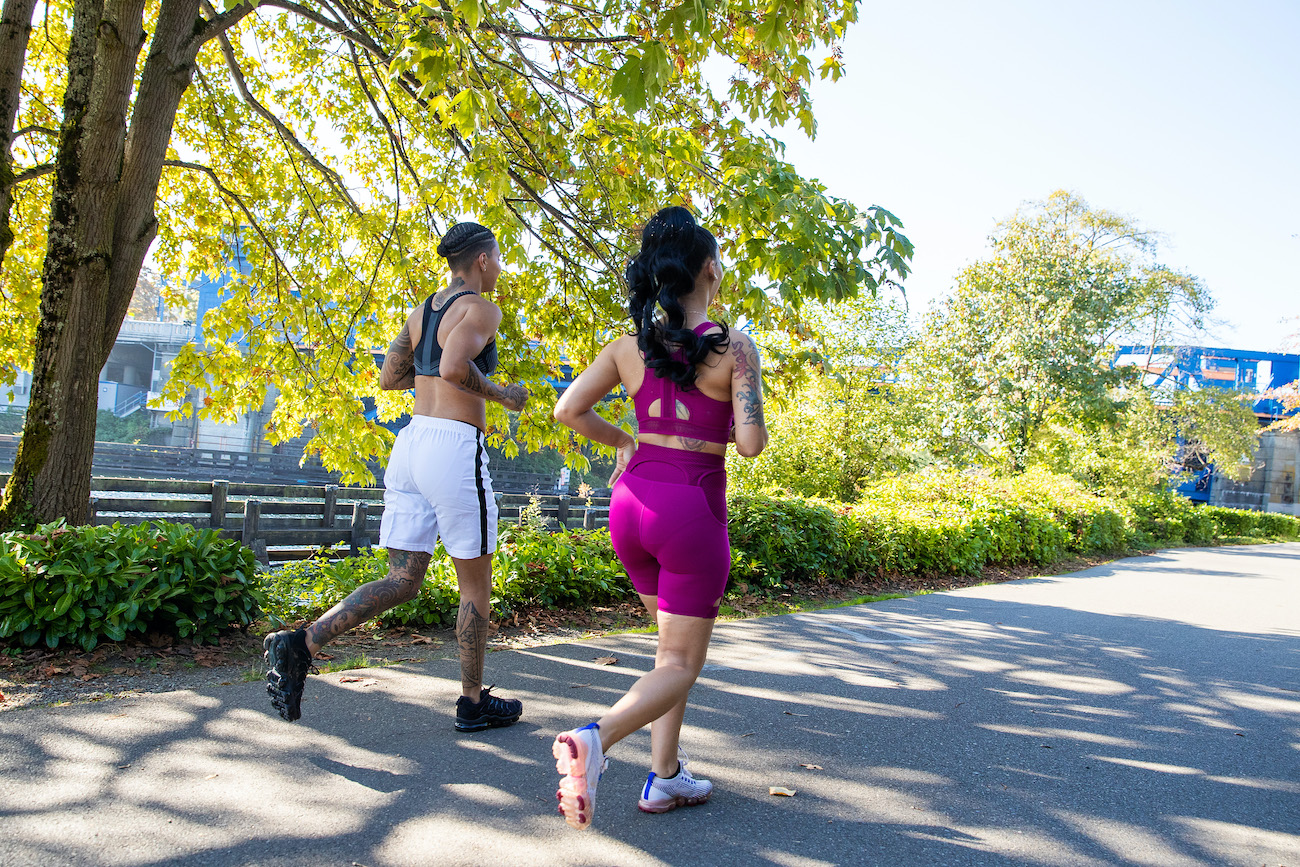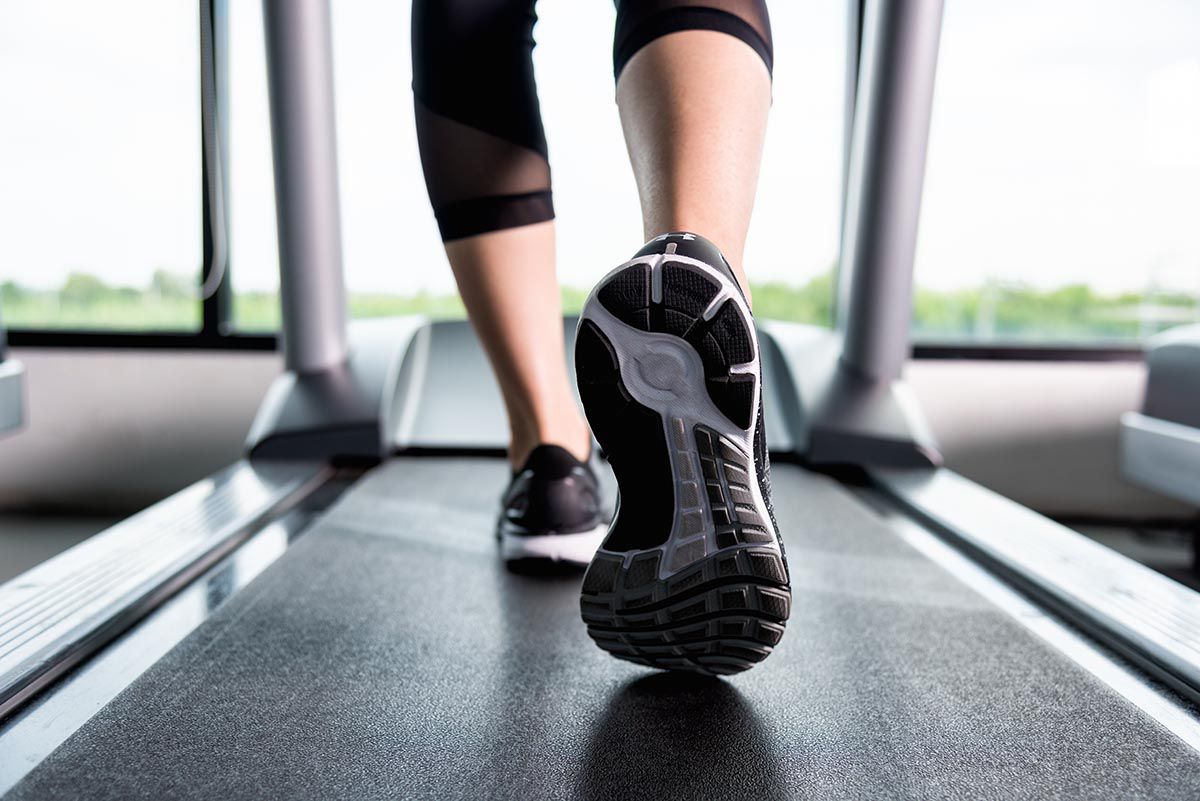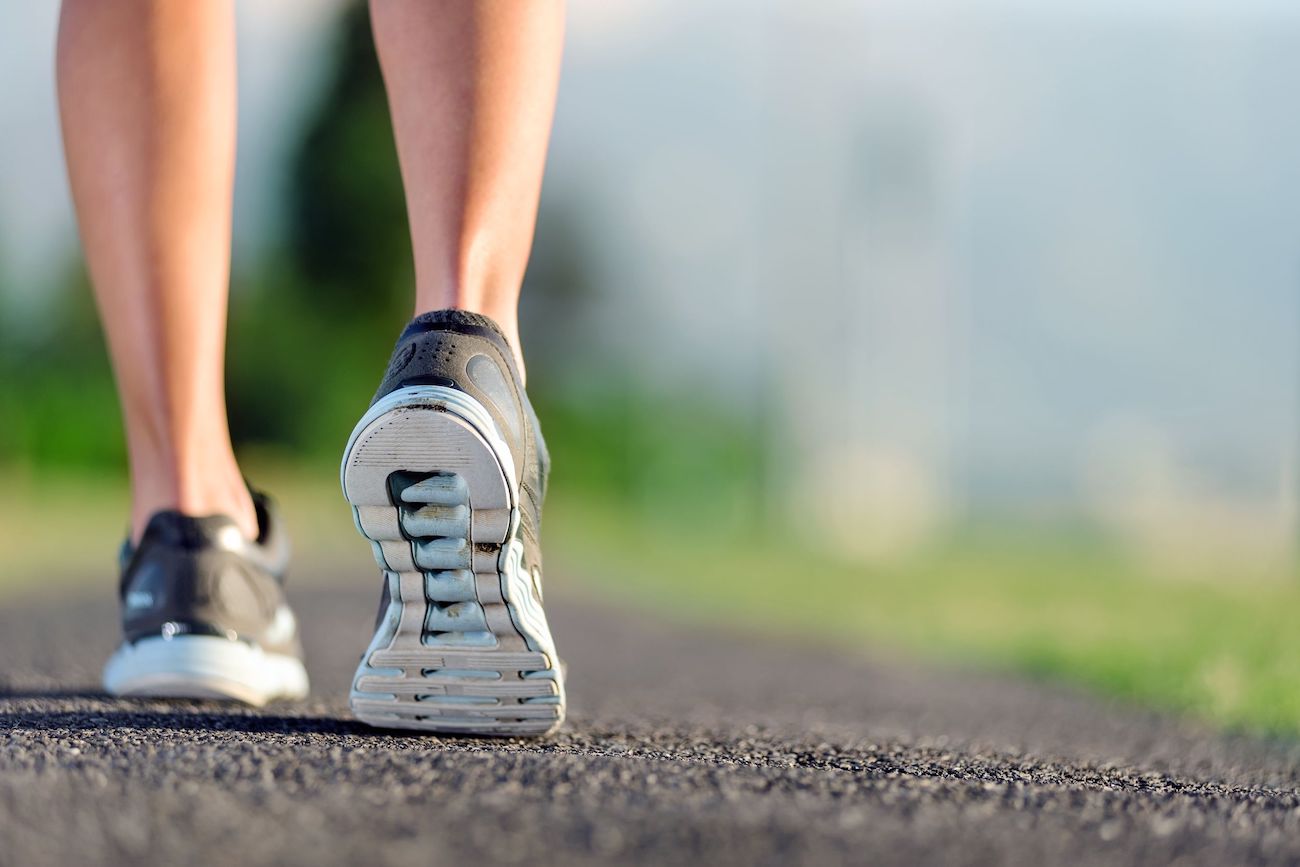What are the best stretches for running?
As a runner, stretching is an essential part of your routine. It helps to prevent injuries, improve flexibility, and increase range of motion. However, not all stretches are created equal, and some are more beneficial for runners than others. In this post, we will discuss the five best stretches to do for runners. But first, let’s talk about the importance of stretching for runners, as well as when and how often to stretch.
Why is it important to stretch before a run?
Prior to demanding a sudden surge in muscle activity, such as engaging in a running session, it is crucial to provide the muscles with a preparation period. While seated, numerous muscles tend to contract or become shorter due to the sitting position. However, when running, these muscles are elongated. If the transition from sitting to running occurs too hastily, the potential for injury arises, as a muscle that has been pre-stretched is better equipped to endure and withstand stress compared to an unstretched muscle. We can’t stress enough how essential it is to execute stretching exercises correctly in order to derive benefits from them.
Should you stretch before every run?
Yes. Engaging in some form of stretching before running or any physical activity is crucial to prevent injuries and enhance the effectiveness of your workout. However, the broad term “stretching” encompasses various types of exercises. Ideally, your pre-run warmup should involve dynamic movements that mimic the actions you’ll be performing during your workout. This gradual stretching of the muscles in a controlled fashion can be incorporated either prior to starting your run or after a gentle jog of five to 10 minutes.
Do you need to stretch after a run, too?
Ideally, yes. When engaging in physical exercise, the heart rate increases in order to supply oxygen to the muscles. According to Yale Medicine orthopedic sports medicine surgeon, Dr. Elizabeth Gardner MD, stretching enables a gradual reduction in heart rate, allowing it to return to its normal level. Following an intense running session, the muscles tend to accumulate lactic acid. Stretching facilitates improved blood circulation to the muscles, aiding in the removal of lactic acid and promoting recovery. Lastly, performing stretching exercises after running aids in the relaxation of any muscles that may have become tense due to exertion, thereby helping to prevent subsequent pain and stiffness.
1. Hamstring Stretch
The hamstrings are a group of muscles located on the back of your thigh. Tight hamstrings can lead to lower back pain and increase the risk of injury. To stretch your hamstrings, sit on the ground with your legs straight out in front of you. Reach forward and try to touch your toes. Hold the stretch for 30 seconds and repeat on the other side.
2. Quadriceps Stretch
The quadriceps are the muscles located on the front of your thigh. They are responsible for extending your knee and hip. To stretch your quadriceps, stand with your feet hip-width apart. Bend your right knee and bring your heel towards your buttocks. Hold onto your ankle with your right hand and pull your heel towards your buttocks. Hold the stretch for 30 seconds and repeat on the other side.
3. Calf Stretch
The calf muscles are located on the back of your lower leg. They are responsible for plantar flexion, which is the movement of pointing your toes. To stretch your calves, stand facing a wall with your hands on the wall. Step back with your right foot and keep your heel on the ground. Lean forward until you feel a stretch in your calf. Hold the stretch for 30 seconds and repeat on the other side.
4. Hip Flexor Stretch
The hip flexors are a group of muscles located on the front of your hip. They are responsible for lifting your leg and bending your hip. To stretch your hip flexors, kneel on your right knee with your left foot in front of you. Lean forward until you feel a stretch in your right hip. Hold the stretch for 30 seconds and repeat on the other side.
5. IT Band Stretch
The IT band is a thick band of tissue that runs along the outside of your thigh. It can become tight and cause pain on the outside of your knee. To stretch your IT band, stand with your feet hip-width apart. Cross your right leg over your left leg and lean to the right until you feel a stretch on the outside of your left thigh. Hold the stretch for 30 seconds and repeat on the other side.
Besides stretching, what else can I do to prevent a running injury?
Whether you are new to running, training for a marathon or just run to stay fit, a formal running analysis led by a trained physical therapist isn’t just beneficial, it’s necessary. At Release Physical Therapy, we offer a comprehensive running video analysis to identify functional weaknesses, postural compensations and faulted mechanics to improve performance and prevent injury. Don’t let a running-related injury stop you from enjoying your runs this season. Schedule a running analysis with one of our physical therapists today. Remember – the best way to avoid an injury is to prevent it! To schedule a video running analysis or discuss your running-related injuries/issues, call our office at (202) 974-6621 or schedule an appointment online.
MORE POSTS ABOUT RUNNING
What is the best surface to run on?
What kind of surface is best to run on to decrease the risk of injury? Learn the pros and cons of different running surfaces. Plus - how a video running analysis can up your running game this season.
Form First: Factors of Running Gait
There can be a lot to pay attention to when it comes to our movement patterns, particularly with running. The following five factors are critical to ensuring proper form.
Form First: Running Gait Evaluation Tools
Our bodies can develop functional movement patterns that aren't always the most efficient or safest for us over time. Try these tools and methods to evaluate and make adjustments to your gait.
Foot Strike: The Debate
When running, the foot can hit the ground in different areas: rearfoot, mid-foot, or forefoot. One heavily debated topic is rearfoot versus forefoot striking, and which (if either) is better for healthy running.
Finding the Right Running Shoe for You!
Let's talk running shoes! Of course, there are many types available for different feet, terrain, distance, etc. We will compare the two most common and differing shoe designs.

Trever Reed PT, DPT, CMTPT, OCS, COMT
Dr. Trever Reed is a well rounded physical therapist who believes in helping patients reach their goals. Dr. Reed believes in building a strong therapeutic alliance with his patients to help them participate in the activities that they enjoy. Dr. Reed received his Doctorate of Physical Therapy from Misericordia University and obtained a Bachelor’s degree in Business Administration with a Healthcare Management specialization from Misericordia University. He completed a physical therapy orthopedic residency and went on to become a board certified orthopedic specialist. Additionally, he obtained a certified orthopedic manual therapist (COMT) certification. He is currently working towards his Dry Needling certification and is excited to continue to grow his skill set to help his patients as best as possible. Dr. Reed previously worked in a busy outpatient orthopedic setting where he was a staff physical therapist and then a clinic director.
Outside of the clinic, Trever is an avid runner and runs for the Georgetown running club (GRC). He is also a big basketball fan and can be frequently found at Washington Wizards games.






